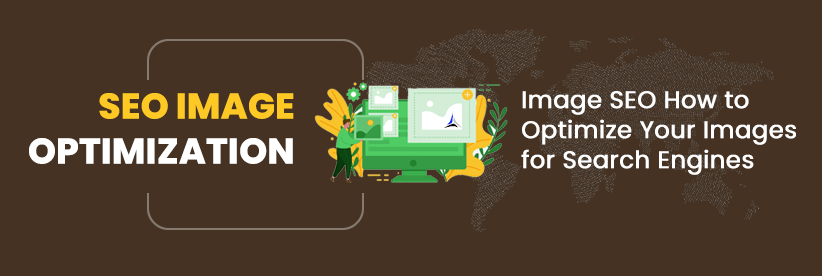SEO Image Optimization : How to Optimize Your Images for Search Engines
SEO image optimization is a technique that enhances the visibility of website images on search engines by making them more easily discoverable.

SEO Image Optimization
Optimizing website images for better search engine ranking is known as Image SEO. It is a practice that helps improve your website’s visibility on search engines by making your images more easily discoverable. This involves optimizing the image file names, descriptions, alt tags, and other metadata to make them more search engine-friendly. Proper image optimization can help drive more traffic to a website and improve user experience by enhancing the visual appeal of a webpage.
Using images in your content increases your website’s chance of being searched by visitors searching for the same keywords.

What is the meaning of image SEO (search engine optimization)?
It is the process of image optimization on a website using alternative text, a caption, and a description for the image. It is beneficial in improving the rank of your website on search engines.
Why SEO image optimization is important?
Image SEO used in a piece of content makes it more visually appealing. It ensures the best experience for visitors and helps increase the rank of your website. Image SEO can help you drive traffic to your website. Optimizing images for search engines improves visibility and search ranking. It can increase your business sales as well.
How does image SEO work?
Image SEO assists search engines in understanding the content of your website, which can result in a high rank on search engine pages. The search engine requires a keyword in alternative text, image captions, and the title. When you optimize your image and include keywords appropriately, it increases the rank of your website on search engine pages.
What is the meaning of the alternative text?
Alternative texts are important in optimizing visible images because if it doesn’t load, then alternative texts appear on the screen. Alternative text is significant for SEO practices because it provides an understanding of your website content to search engines.
How do I write an engaging alternative text for an image?
It must be related to enriching the content with keywords. You need to avoid the stuffing of keywords in alternative text, and it must be descriptive.
What should be the format for image SEO?
Image formats like GIF, JPEG, and PNG should be used for search engine optimization-friendly images. GIF is preferable for animation purposes. PNG is considerable for the logo, and people mostly use JPEG due to its simplicity and colour combinations.
This example can help you understand how a PPC company can increase its ranking on search engine pages through image SEO.
Name of the image file: The file must contain a keyword related to the content for ranking purposes. For example, If PPC is a company with a specialization in Google advertising, then the file name can be:
“google-advertisement-PPC-company-png”
Image caption: The image caption always appears just below the image. It must contain the keywords and concisely provide information related to the image, like its title and description.
Alternative text: Alternative text appears alternatively to the image if it is not loading. Alternative keywords must contain the keyword as the image title, which helps the search engine understand the image content.
File size and format: File size and format are crucial in improving the visitor’s website experience. It must be appealing visually, and if the image used in the content page is large, “This can also have an impact on the loading speed of the page.” This can negatively affect visitors’ experience.
Sharing on social media: Social media sharing buttons make your image and website easily accessible to users. Visitors can easily share your website link on social media platforms, which can spread the image and develop traffic.
The other examples of keywords that PPC can use for image SEO are:
- LinkedIn Ads
- Return on investment
- Pay-per-click
- Facebook Ads
- Online advertising
- Digital Marketing
- Cost per click
- Google Ads
- Lead generation
- Conversion rate optimization
- Website Traffic
- Search engine marketing
These are the keywords that PPC must use in image SEO. It can help increase website sales and improve business connections. Your website can be easily accessible by visitors by using such keywords.
What are the ways to reduce the size of an image file without making a compromise on quality?
There are various ways to reduce the size of an image file without compromising quality. There are various tools available on online platforms, and you can use compression tools and reduce the size by reducing the image’s dimensions.
What is the process for tagging and naming the images for SEO (search engine optimization)?
The file name must contain the keyword and be concise and descriptive. It must be related to the image. The tags of the image must be similar to the image’s file name.
How can using images enhance the experience of visitors on a website?
Images are crucial in ensuring the best experience for visitors; they break the content and make it more visually appealing.
What is the trend at present in image SEO?
Using data markup is a trend in image SEO at present. It always provides information related to the web page to the search engine.
Search engines develop understanding by using data markup, which results in a high rank of your website on search engine result pages.
What are the ways to measure the performance of image SEO?
You can find numerous ways to measure the performance of image search engine optimization efforts. Google Console is one of the ways to track performance.
It helps to measure the indexing of your website on search engines and website links clicked by the visitors.
What are the mistakes that need to be avoided while optimizing the image?
These are the mistakes that need to be avoided while optimizing images for search engine optimization:
Use of general alternative text like picture
Avoiding the use of keywords in the filename of an image
Use of high-quality images that affect the loading speed of content pages.
What are the advantages of image SEO?
Image search engine optimization can assist your business website in increasing its appearance on search engines, improving the conversion rate, developing traffic on the site, and so on.
The various advantages of image SEO are as follows:
Increase website ranking on search engines: Image SEO is beneficial in generating website traffic, which further increases website ranking.
Improve the CTR: Image optimization can be beneficial in improving the click-through rate of your content page link.
Enhance the experience of users: Image optimization makes your site’s content visually appealing, which can enhance users’ experience.
Enhance the engagement of visitors: Image SEO enhances visitors’ engagement on your website. A sharing button below the image can encourage visitors to share the link on various platforms.
Increase the rate of conversion: Image optimization enhances the rate of conversion, which can help you boost your sales and develop your connections.
There are some suggestions for image SEO are:
You must use appropriate keywords in the image’s caption, alternative text, and image file name.
Your image should be qualitative and related to the content.
You must ensure the website’s quick loading speed by optimizing the size and format of files.
You should use the social media sharing link to ensure a better visitor experience.
What are the ways to track image SEO results?
You can measure the image SEO performance on search engine result pages through the Google Console.
If you want to measure your images’ click-through rate (CTR), Google Analytics is a useful tool to achieve this goal.
These are the foundations of image SEO through which you can increase the appearance of your website on search result pages.
Frequently Asked Questions
You can increase the traffic, increase the appearance of visitors on your website, improve the conversion rate, and develop connections through image SEO.
You can increase the performance of your website by optimizing the images. It ensures a friendly experience for visitors by boosting the website’s loading speed. That’s how it becomes significant in an SEO audit.
Clients can expect the quick loading speed of the website through optimizing images, which will increase its ranking on search engines. You can ensure a better visitor experience at a reasonable price through availing services from an SEO agency.
Various reasons affect the page load time and user experience, including:
- Large image sizes take longer to load.
- Large images increase the bounce rate of the website.
- In comparison, using a small image can be accessible on mobile devices, which enhances the visitor’s experience.
Digital Marketing - News & Updates
Read the latest SEO and marketing market news and the latest news about us.
